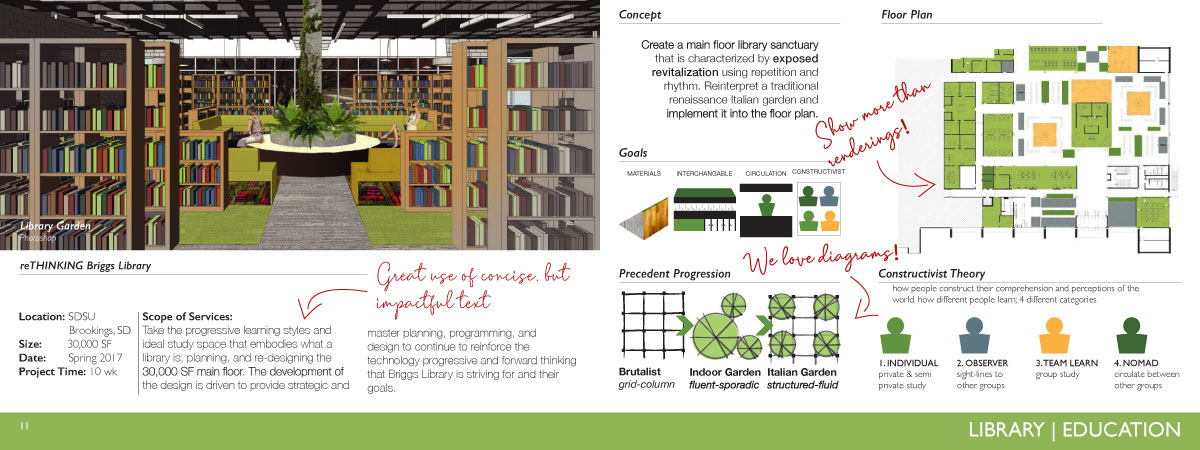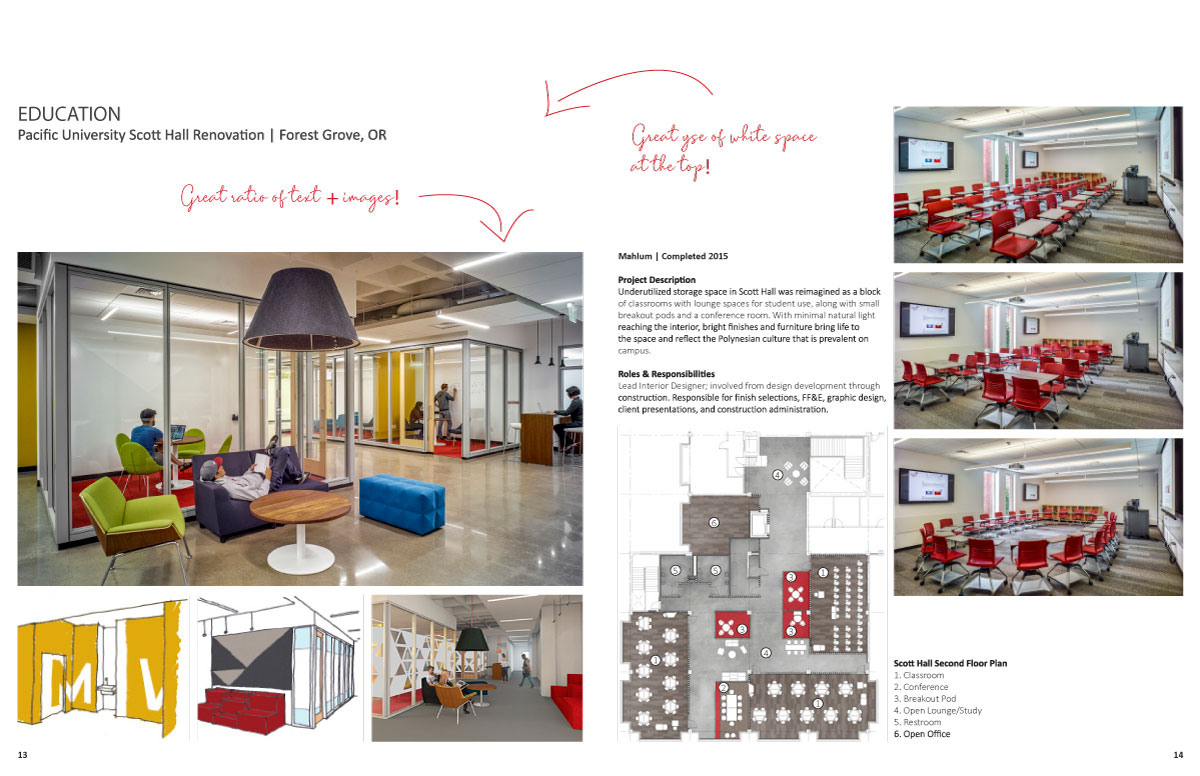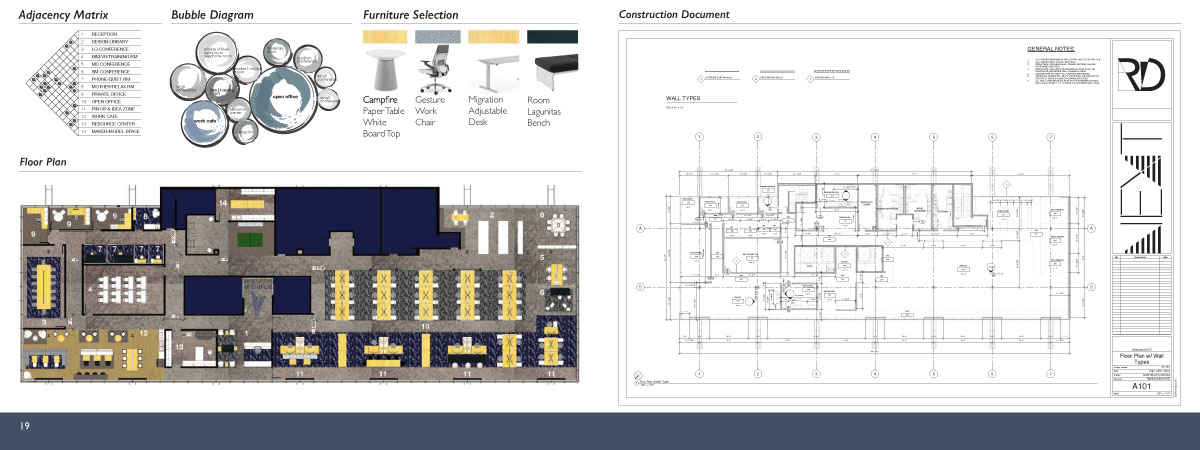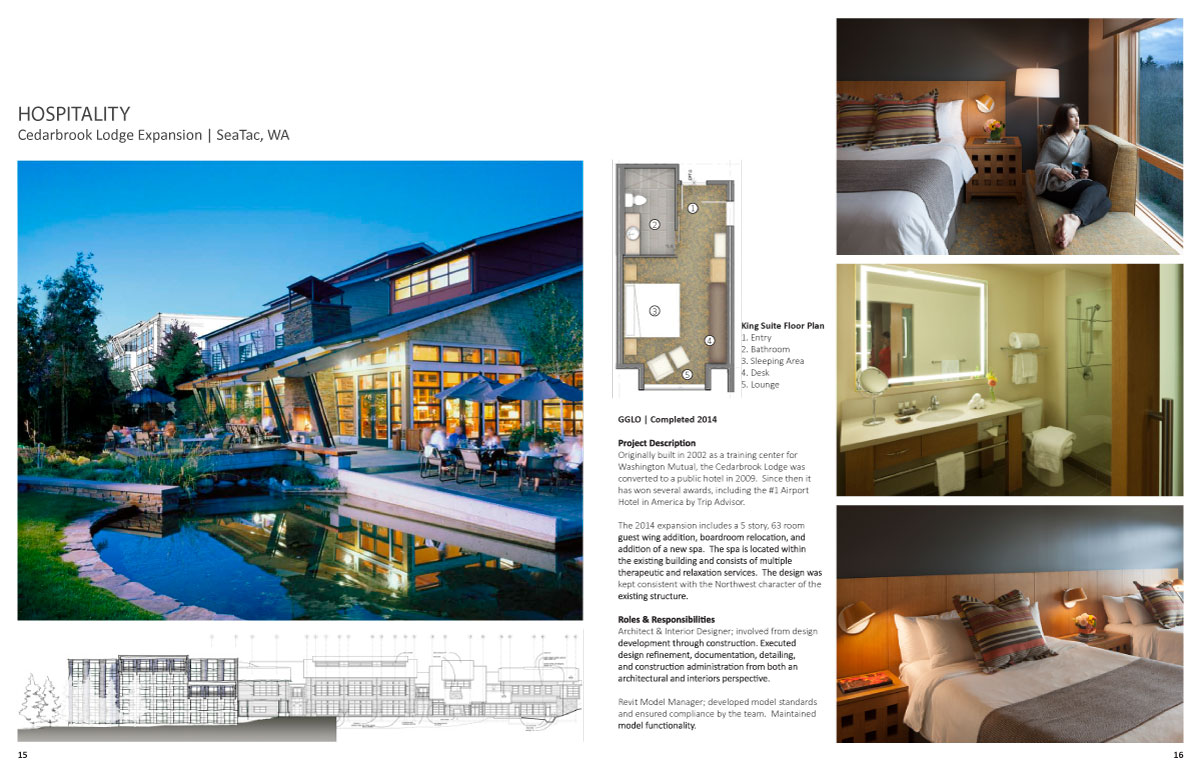Emerging Professional Series: Portfolio Tips & Tricks
Getting a job or internship at ID8 Architecture (or any firm for that matter!) doesn’t only depend on your skills as an architect or interior designer. The way you present those skills also plays an essential role. This is why your portfolio is so important! We value education, which led us to gather our team and brainstorm our top portfolio tips and recommendations to help you (recent grads) be successful while applying for jobs and internships. You’re not an architecture or interior design student? Don’t stop reading, these tips are here to help you too! ????
Here are a few of the most important tips (in our opinion) on crafting a great portfolio!
Portfolio Tips
Quality is Better Than Quantity
Don’t put every project you’ve ever worked on in your portfolio. Choose your best work and show some variety (see below). Give your interviewer just enough, and leave them wanting more!
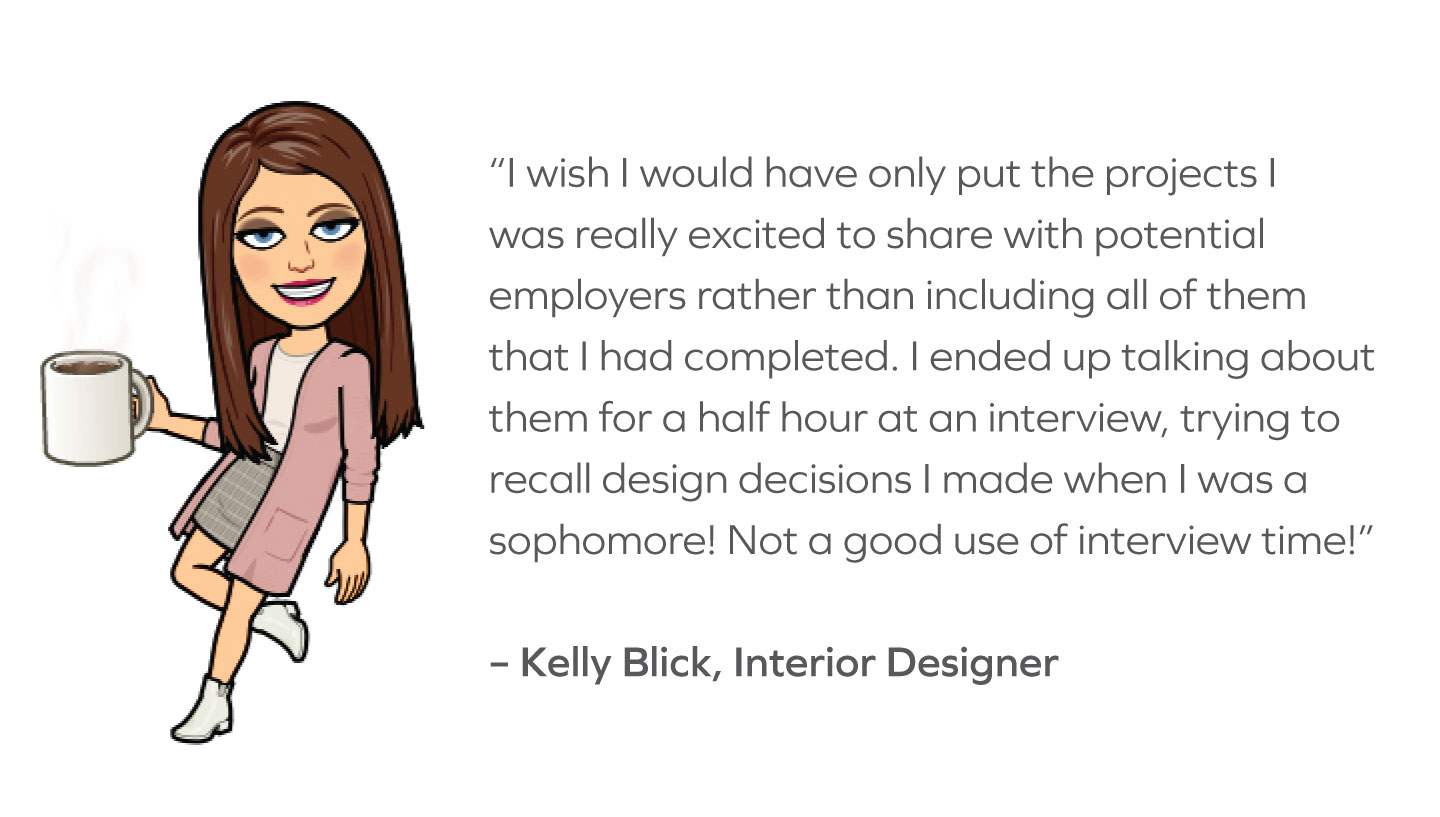
Go for Variety
We’re a small team, which means we wear many hats! Showing a variety of projects in your portfolio communicates to us that you are trained in multiple areas and can be an asset to our team. Please, don’t just show us renderings!
Edit, Edit, and Edit again
We can’t express enough how important it is to edit and spell check everything. Read through your whole portfolio and check for grammatical errors. Nothing takes away from your amazing and creative work more than misspelled text. Also, edit out all the "fluff", be concise with what you want to express.
Cater your portfolio to the job you’re applying for
Who will see your portfolio? Think about who will be interviewing you and what they would want to see. It's also important to understand the firm you're applying at, what they value, and what they specializes in. If they strictly focuses on commercial projects, show those skill sets. If they do a lot of masterplanning, include your experience with that.
Keep text concise, but impactful
For each project, explain the project and why you chose to include it in your portfolio. What did you learn? Was it a constructability-related project? Was it about programming? Was it about surface? Did you focus on digital tools? We recommend 2-3 sentences per project (maximum). In your portfolio you'll keep your viewer engaged through the strong visuals you choose for each project, you'll get to elaborate on project details during your interview.
Visual Compensation and Formatting
Portfolios with amazing work can be overlooked if they have an unattractive presentation. White space is your friend. Don’t clutter your pages with unnecessary images and drawings, choose the top drawings/graphics that are the most critical in explaining the project and leave the rest out. Font choice, margins, and proportion of a page also say a lot about your ability as an architect and designer. Also, make sure your portfolio is formatted for both print and email. Use high quality images, but also make sure it is exported as a small enough file that is can be sent through email. If you’re sending multiple pdf’s, compress your portfolio into one folder so nothing gets separated.
Practice
Before your interview, walk yourself through your portfolio and practice how you’ll explain each project and make note of the important things you’d like to reference to your interviewer. Think about what was assigned and the project as a whole so you are prepared for questions. Verbally rehearsing will help ease interview jitters and help you sound more confident!
Brand yourself
The design of your portfolio should also reflect your personality as a designer or architect. This will also help your interviewer know what kind of designer you are.
Non Assignment Work is Ok
Just because it wasn’t an assigned project, doesn’t mean you shouldn’t put it in your portfolio. We value students who show ambition and educate themselves beyond the classroom. If you love to self-start your own projects, go ahead and include them.
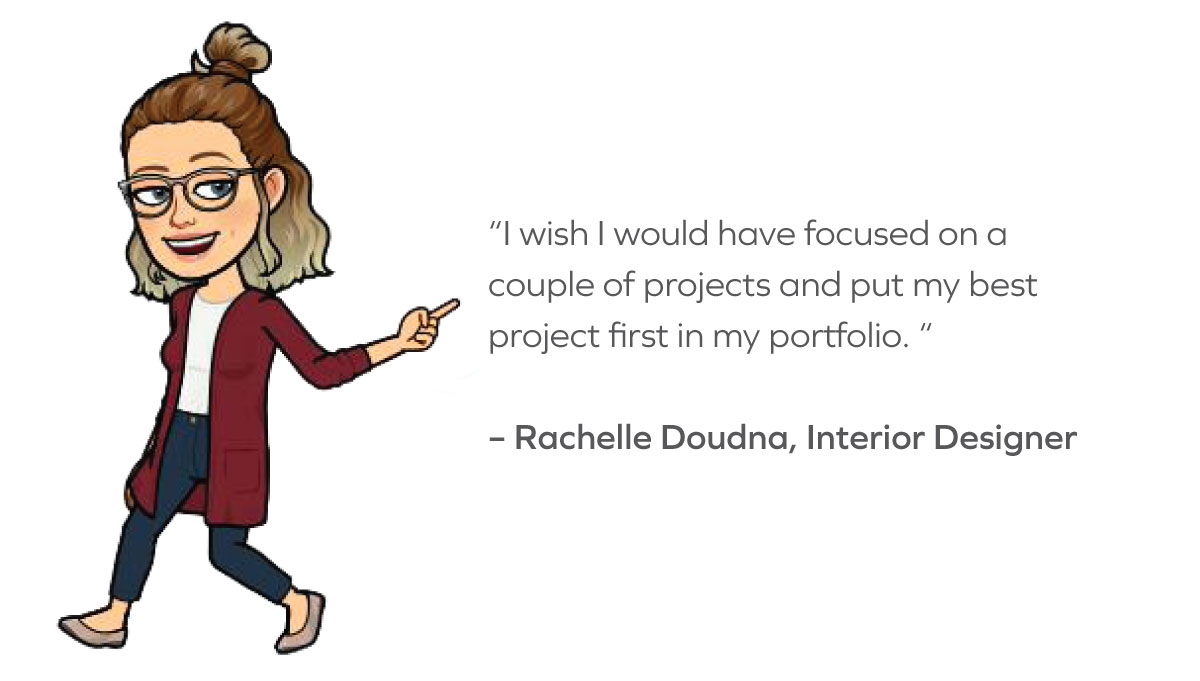
Porfolio Checklist
Make sure you include the following for each project/skill included in your portfolio.
Title of project
When was the project completed (i.e. Fall 2019)
Note: Most recent completed projects are always preferred as it displays your skills as they currently exist
How long was the project? (i.e. 6 weeks)
Was this a team project?
If yes, how many members? Diversity in group? Landscape architect, engineer, etc.
Note: Be clear and truthful about your contributions to each project. We ask a lot of questions!
Overview of project scope
Label each image/graph/diagram

